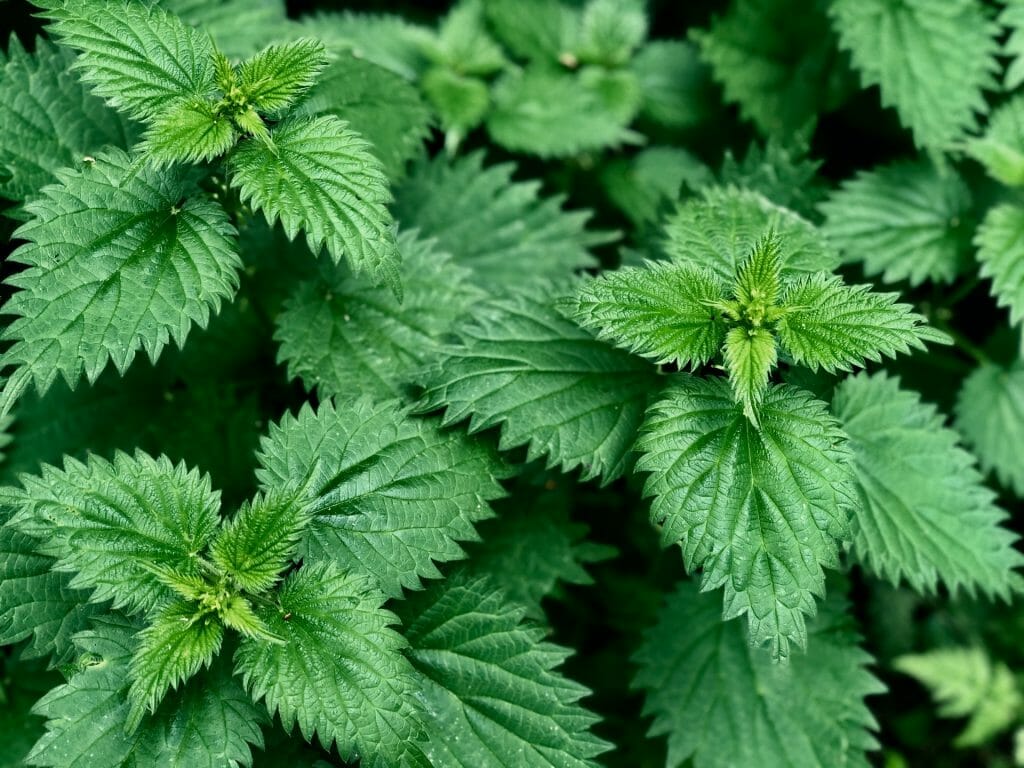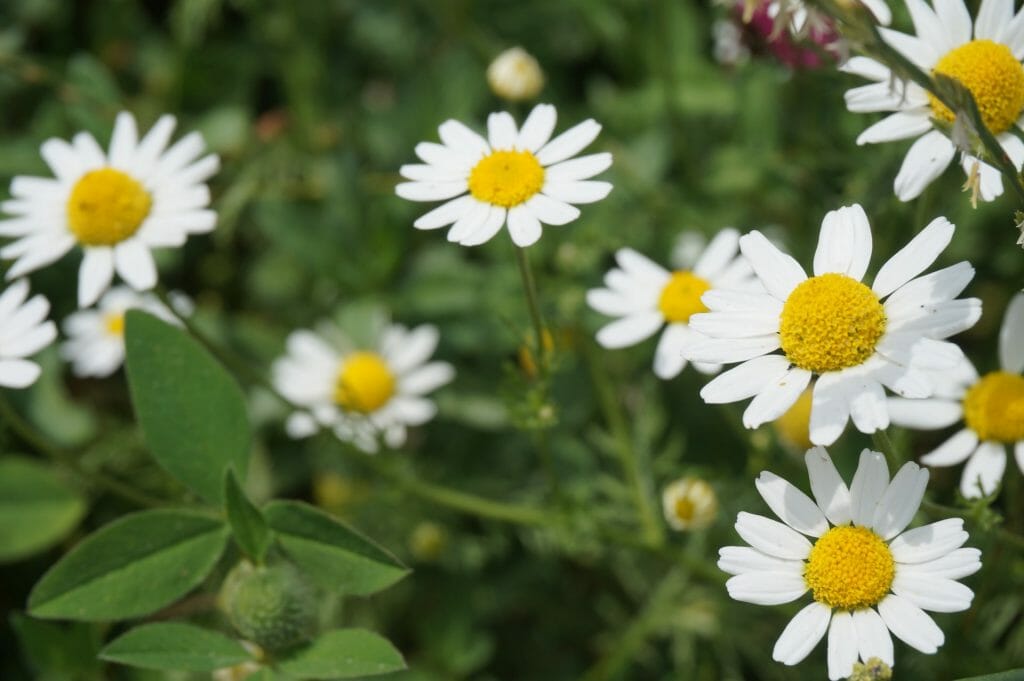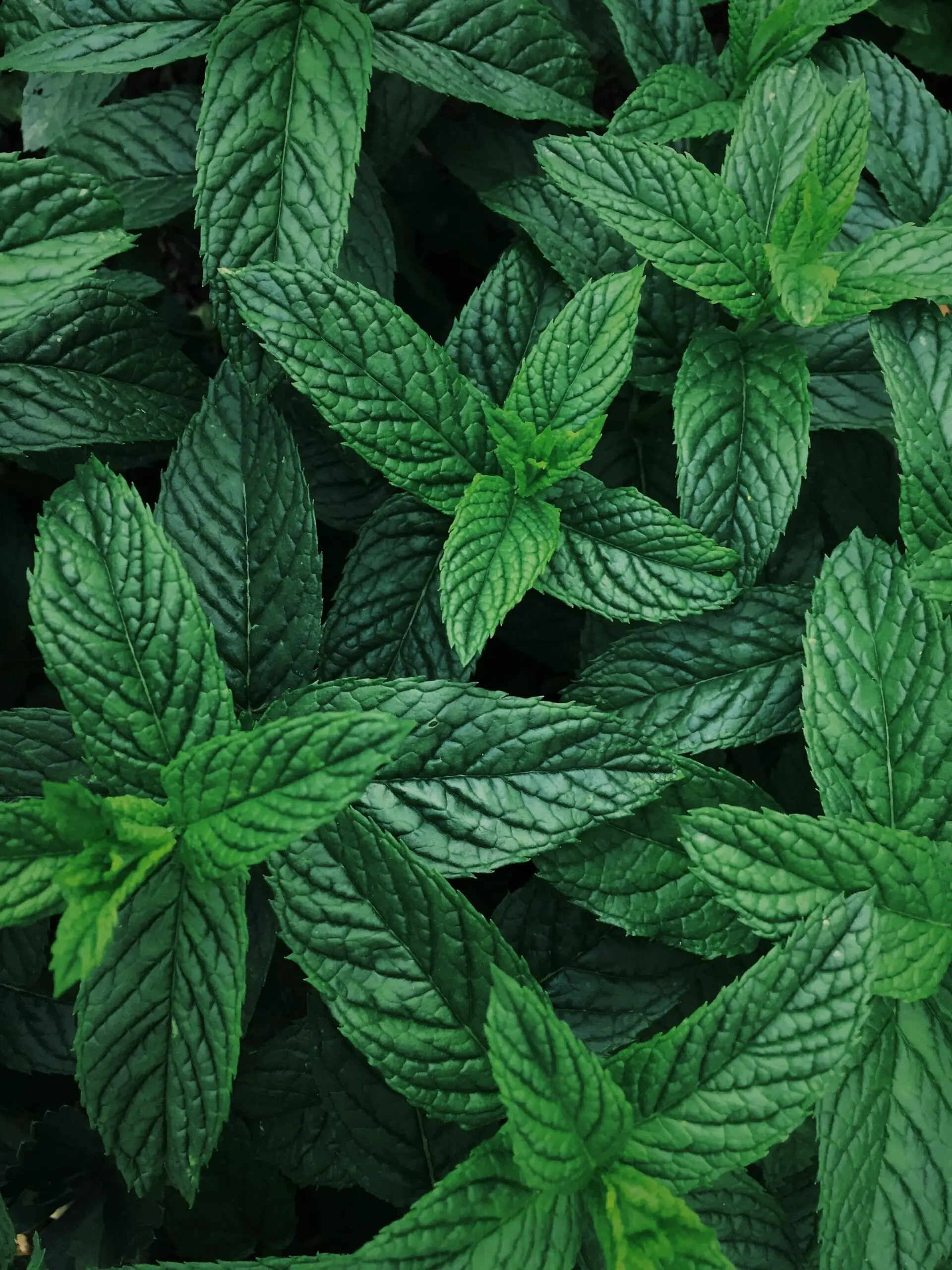Growing cannabis is like tending to your most-loved pet. You don’t only worry about feeding it, but also protecting it from diseases and pests. While you can use commercial pesticides, you can eradicate marijuana pests and diseases the eco-friendlier way— planting companion plants for cannabis. And while this might be news to you, it is a wide-spread practice among growers.
 Companion planting is a component of permaculture, an agricultural ecosystem that’s self-sufficient and sustainable. Permaculture seeks to mimic the flawless interdependence of the natural ecosystem.
Companion planting is a component of permaculture, an agricultural ecosystem that’s self-sufficient and sustainable. Permaculture seeks to mimic the flawless interdependence of the natural ecosystem.
It involves planting beneficial plants close together to gain symbiotically from each other. However, do not plant the companion plants too close to your cannabis plants that they have to compete for resources against your cannabis plant.
Companion planting helps in controlling pests because the companion plants can either repel the pests by their smell or attract predatory insects that feed on the pests before they destroy your cannabis plants.
The companion plants act as a natural, long-lasting insecticide and fungicide that protect your cannabis plants in an eco-friendly way— your soil remains fertile, and the overflow doesn’t cause harm to the environment as typical with most commercial pesticides.
There are different ways of fighting pests, but if you choose companion planting, you should implement it earlier in the creation of your garden, companion planting though effective, can’t help with the eradication of full-blown pest infestation fast enough.
Companion planting is more preventive than curative measure to combating cannabis pests and diseases. In the case of full-blown infestation, use more instant pest eradication. After, when your plants’ health has been restored, you can use companion planting to avoid future infestations.
What are the benefits of planting cannabis companion plants?
Pest control aside, companion plants for cannabis benefit your cannabis plants in many ways. The plants create a mini natural environment within your grow room and enhances the growth, development, and give your plants the general feel-good that’s characteristic of the natural ecosystem. Here are reasons why you should consider companion planting for your marijuana plants:
Companion plants boost the growth of marijuana plants
Cannabis plants benefit a lot from essential nutrients like nitrogen, which can be enhanced by planting nitrogen-fixing companion plants. While for other plants like corn, legumes like beans have been a reliable source of nitrogen as they trap nitrogen from the air and fix it into the soil for corn, enhancing their growth. For marijuana, Alfalfa is the best nitrogen fixer.
The plant is so rich in nitrogen that it can be used as mulch to increase the nitrogen content in the soil. When you trim this plant as it grows, leave its mess on top of the soil, it gives your cannabis plants the vigorous growth that we all want for our plants.
Apart from Alfalfa, other companion plants that nourish your plants and enhance its growth include; Chamomile, which upon decomposition releases calcium and potassium, nutrients that help your plants grow strong stems and healthy leaves. Clover and Chickweed are also rich in additional nutrients that help your cannabis plant grow steadily.
Companion plants add stealth to growing cannabis

I haven’t met a cannabis grower who doesn’t love stealth growing. You don’t want the whole neighborhood to know you’re growing weed. Companion plants emit a fragrance that masks the characteristic smell of marijuana plants.
Still, even if you’re growing outside, you can use companion plants that look like weed to camouflage your plants. Stinging nettle is one such plant; it can ward-off the eyes of passersby— both humans and wildlife.
Companion plants improve the soil quality
Planting different plants in your grow room improves the quality of soil by improving aeration of the soil and foster water penetration and retention. Also, when you trim this plant, it decomposes, further enriching your soil.
Therefore, is you use companion plants, they will not only favor your current grow cycle but will make the soil fertile for the next grow cycles.
Cannabis companion plants improve yield
Growing cannabis will teach you that it’s never just about the nutrients but the timing of supplementing such nutrients.
While you can supplement nutrients with the NPK fertilizers, and I suggest you do, having companion plants give enriches the soil, making it fair for the plants even if you supplement the nutrients late.
Companion plants release chemicals into the soil as a byproduct of their production or die and rot, making nutrients more available for your plants. The steady release of nutrients from companion plants cushions your plant from nutrient deficit hence enhancing the yield.
Companion plants for marijuana help in pest and disease control
Plants thrive in the wild because of a unique symbiotic relationship they have with each other. And while companion plants can benefit your plants in many ways, most people do it to control pests and diseases.
Companion plants have different ways of warding off pests and diseases, hence cushioning your cannabis plants from aphids, bugs, and other pests.
The companion plants can ward off the pests by emitting a fragrance that the pests don’t like or by attracting insects that feed on the pests. Companion plants fight pests by resisting, repelling, or applying a hybrid of both to combat the pests.
What are the best companion plants for cannabis?
Now that you know of indoor companion planting, can you do it for your cannabis plants?
Well, if this is a path you want to tread, here some of the best companion plants you can grow alongside your cannabis plants. Each of them uniquely benefits your plants, so you might want to combine some of them for the greater good of your marijuana plants and a better experience for you as the grower.

- Alfalfa– This plant is awesome to your cannabis plants. Its roots grow so deep, helping to hold the soil together and inhibit erosion, but it also brings a lot of nutrients to the surfaces for plants whose roots don’t go as deep.
Alfalfa is also a nitrogen-fixing plant giving your plants adequate access to nitrogen. When trimmed, the leaves rot enriching your plants with other nutrients like iron, magnesium, and phosphorous, which are essential nutrients for the growth of cannabis plants. Its roots break the soil further improving water penetration.
- Chamomile- This plant is an essential addition to your companion planting for weed. It is rich in calcium and potassium, ingredients that are essential for your cannabis through the phases of growth.
Chamomile also increases oil production in neighboring cannabis plants, thus improving the resin content of your plants.
The plant also releases sulfur that acts as a natural insect and bug repellant, keeping your plants safe from common pests.
- Stinging nettle: Stinging nettle if good for stealth growing, it looks just like weed and can trick the curious eyes passing by your grow room. It also favors the production of oils in neighboring marijuana plants, thus increases the quality of resin in the buds.
- Basil- Basil promotes terpene production in buds. It also releases a natural insect repellant from its foliage, keeping your plants safe. It can help you fight aphids, mosquitoes, asparagus beetle, and whiteflies.
- Yarrow- Yarrow is long-rooted and can compete with cannabis for resources if you plant it too close. Plant it at the edge of your garden. The plant has many benefits for your cannabis plants as it holds the soil and inhibits erosion. It also attracts beneficial insects like ladybugs, aphid lions, hoverflies, and parasitic wasps. These insects protect your plants from other insects and pests.
- Garlic- A known herbal solution for most human conditions, garlic is also a beneficial companion plant for cannabis. Garlic repels root maggots, aphids, Japanese beetles, and snails. But it is also a natural fungicide, cushioning your plants from fungal diseases.
- Peppermint– Peppermint is rich in a fragrance that keeps insects and pests away from your flowering cannabis plants. It’s good at repelling aphids, but the mint scent also attracts beneficial insects.
- Clover– Clover gives your plants additional nutrients, but is also great and fixing nitrogen in the soil. It also helps in improving water retention because it’s roots trap water that neighboring plants can draw.
- Lemon balm- Lemon balm is a great companion plant for cannabis as it emits a strong fragrance that helps mask the odor of cannabis plants. With its strong odor, it also repels insects and pests from your garden.
- Marigolds- These plants have natural powers to ward off pests. Marigolds emit a chemical in the soil and are taken up by neighboring plants. This chemical repels bugs, insects, and predatory animals. They keep aphids, beetles, leafhoppers, and nematodes at bay.
In conclusion
Companion planting is a smart and effective way to keep your plants safe from pests, improve the quality and volume of your yield, and enrich your soil. However, most growers have enlisted lack of space as a hindrance to companion planting for marijuana.
Before choosing the plants to grow with cannabis, identify a common environmental bug that you want to solve then find the right companion plants to solve it.

